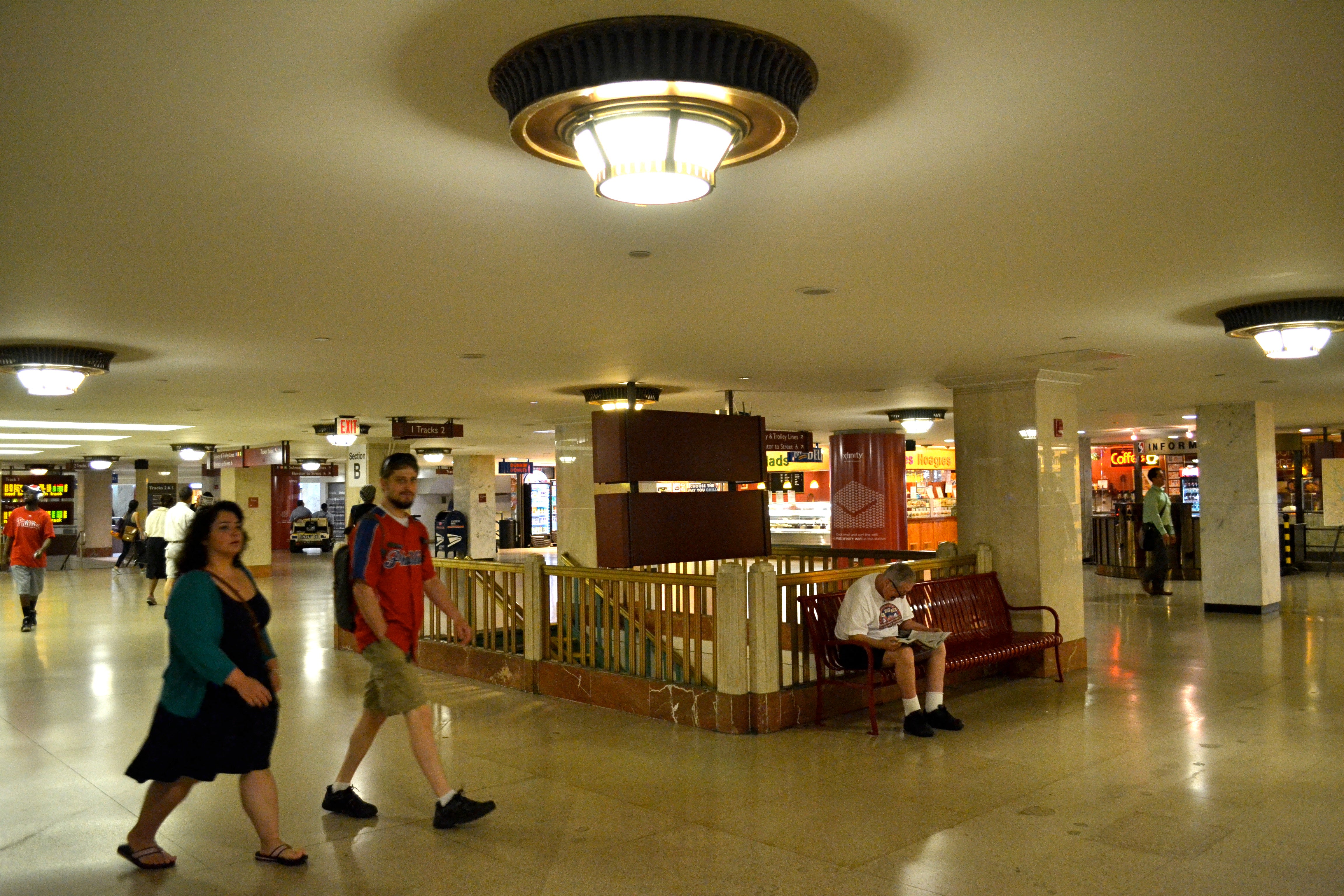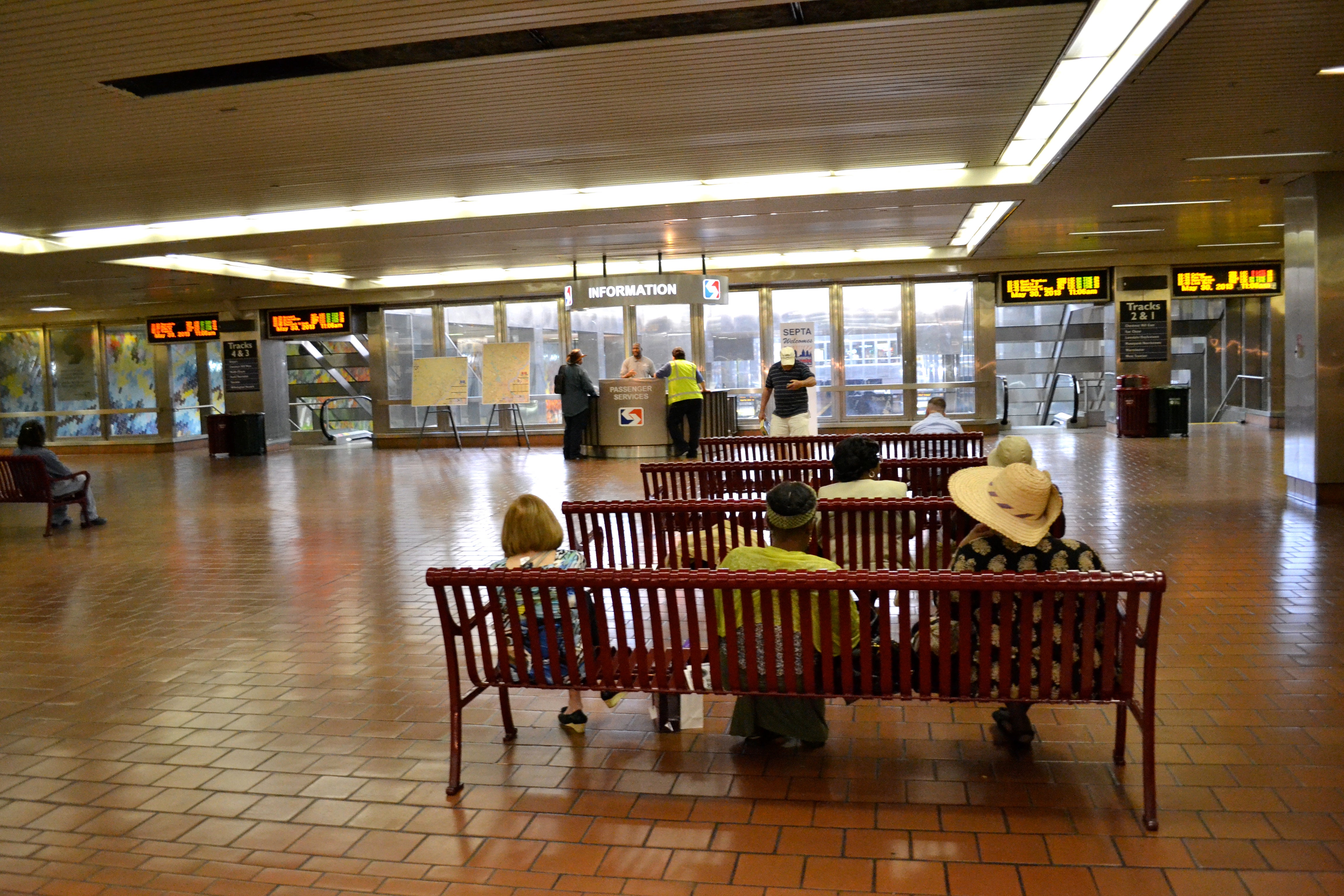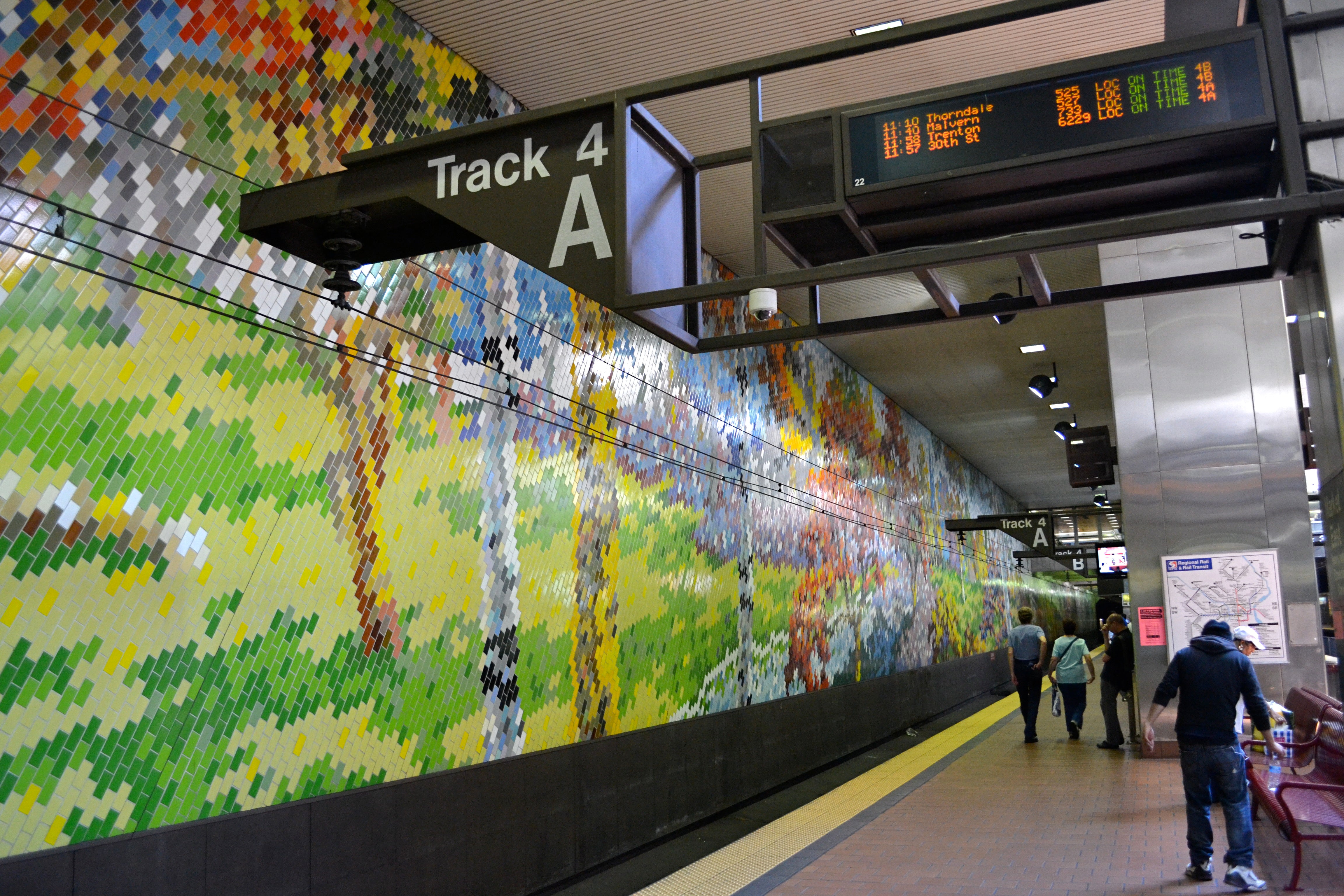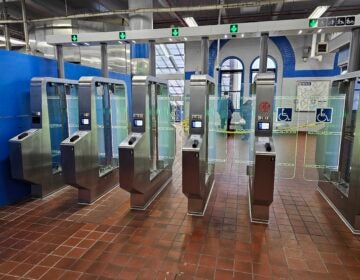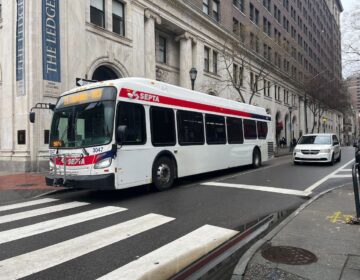SEPTA to gate regional rail stations for New Payment Technology
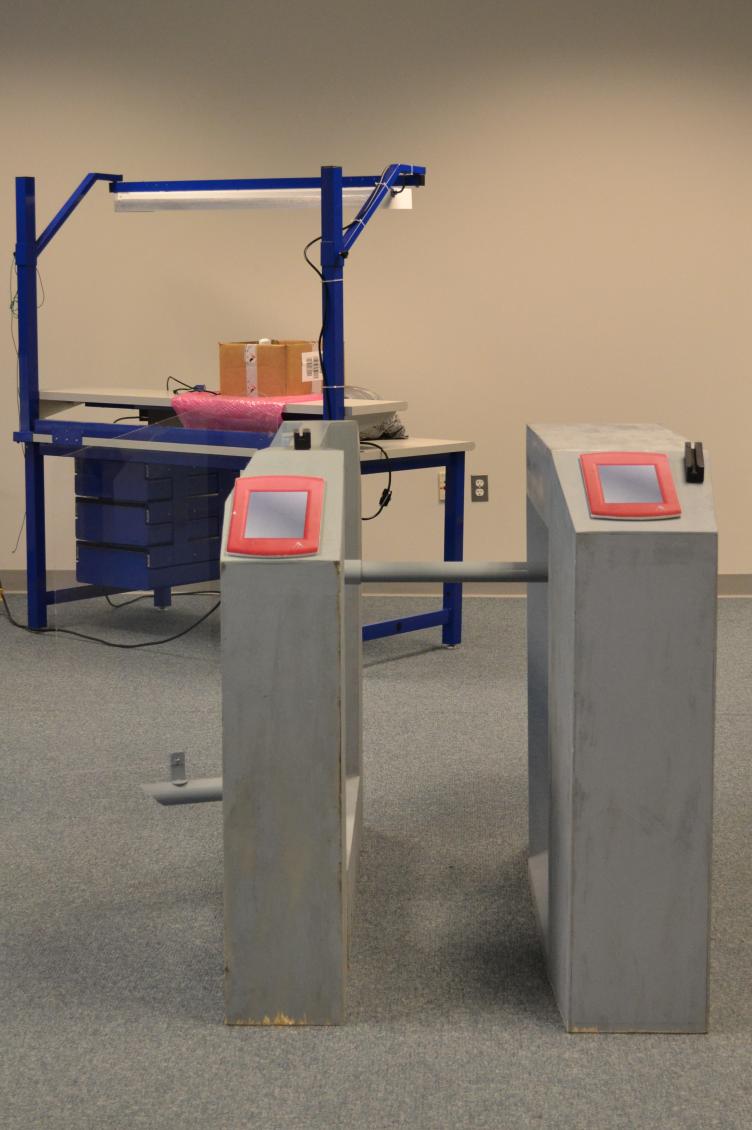
Big changes are headed for regional rail riders when SEPTA implements its new smartcard payment system on the rail network. The transition won’t happen until sometime in 2014, but critics are already saying SEPTA is going about this all wrong.
As part of the smartcard system – known as New Payment Technology or NPT – the Authority will install turnstile gates at five regional rail stations: Market East, Suburban, 30th Street, University City and Temple University stations. At these stations, passengers will use turnstiles similar to those on the subway system to pay for their ride and to enter or exit the paid waiting areas and train platforms.
At all other, outlying stations, platforms will have card readers, but they will not be gated.
To pay for trips into Center City, regional rail passengers will tap their smartcards on readers located at the stations where they start their commute. When the passengers get off the train at one of the five Center City stations, they will tap their smartcards on the turnstiles to exit, and the NPT computer system will charge each card based on which zone the trip started in.
On outbound trips, riders will tap their smartcards on the Center City station turnstiles to enter the waiting and platform areas. When passengers get off their trains, they will tap their smartcards on readers at their destination stations. The system will charge each card based on the zone it ends in.
If a passenger “taps in” to enter one of the five gated stations but does not “tap out” of the system, that passenger will be charged for a Zone 4 ride. Likewise, if a passenger boards in Zone 2 or 3 but forgets to tap his or her card at one of the gated stations, the card will be charged a Zone 4 fare.
COME ON AND TAKE A FREE RIDE
“NPT on transit is going to be great,” said Matthew Mitchell, president of the Delaware Valley Association of Rail Passengers (DVARP). “It’s the railroad application that’s going to be the problem.”
DVARP is opposed to the regional rail turnstile system, and Mitchell said the organization has been calling attention to the system’s flaws for two years. So far, he said, “SEPTA is patching them with duct tape.”
Now that the SEPTA board has approved the NPT fare increases and associated tariff, he said, the Authority is one-step closer to implementing this flawed system.
One of DVARP’s main concerns is that passengers traveling between stations outside of the Center City stations won’t tap on or off at their start and end points and will, instead, get a free ride. Other passengers might ride a train to Center City, transfer and ride to another outlying station without ever tapping their card – another free ride.
“First of all, they’re the exception today. They’ll be the exception tomorrow,” said SEPTA’s John McGee, chief officer for NPT.
McGee said 95 percent of all railroad trips start or end in one of the five Center City stations that will be gated. The other passengers are the oddballs and stand out to trained crews, he said.
“The conductors essentially eyeball them and immediately go to them to collect their fare after they’ve boarded the train,” McGee said. “We’ll be able to continue to do that.”
A major goal of NPT on regional rail is to get conductors out of the business of handling cash. With NPT, conductors will have handheld devices equipped to check smart cards on the trains. As they do today, conductors will be able to spot check that passengers have paid. The difference is that conductors will use the handheld devices to do so.
DVARP claims conductors have trouble getting to all passengers today and that NPT will not change much in that regard. Mitchell said the organization does recognize that SEPTA is between a rock and a hard place. On the one hand, it would be cost prohibitive to gate all of the regional rail stations, but on the other hand, SEPTA does not want to make conductors scan every passenger’s smartcard.
Suppose a passenger traveling between outlying, non-gated stations actually does wants to pay. Will that passenger flag a conductor down to pay onboard or will the passenger tap on and off at their start and end points even though they could, theoretically, just walk on and off of the train without ever tapping?
“We are currently developing procedures, which are considering the use of available tools, including conductors and readers,” McGee said.
It is this kind of uncertainty or pending information that has DVARP concerned.
“We keep poking at these little things because what we hear in one place doesn’t square with what we hear in another,” Mitchell said.
DVARP is not the only group concerned. Passengers raised questions at the budget hearings SEPTA held in April.
Some expressed concern that, to get food or use the restroom while waiting to transfer trains, passengers will have to exit the turnstiles and leave the paid areas. Others said they like to help friends and family to the platform with baggage and/or directions. To do so with NPT, these passengers will have to enter the paid, gated areas. McGee said that, while this is true, the smart backend of the computer system will not charge those passengers.
Other regional rail riders said they fear that the turnstiles will become congested during peak hours.
McGee said to avoid that SEPTA will install 119 turnstiles throughout the five stations. The stations will also have 97 vending machines for passengers to buy or reload smartcards. At these five stations, the equipment, installation and testing for the turnstiles, emergency exits, fencing and station network and cabling will cost approximately $8.6 million.
None of the proposed changes will go into effect until NPT is implemented on the regional rail system sometime in 2014. As that date gets closer, SEPTA will provide more information regarding the specifics of the system.
“There’s a whole communication plan that we have been developing, and one of the challenges is we don’t want to put out too much information too fast,” McGee said.
But, Mitchell countered, “It’s very hard for customers to say whether this is a good thing or not when nobody’s telling them how this is going to affect them.”
WHYY is your source for fact-based, in-depth journalism and information. As a nonprofit organization, we rely on financial support from readers like you. Please give today.



